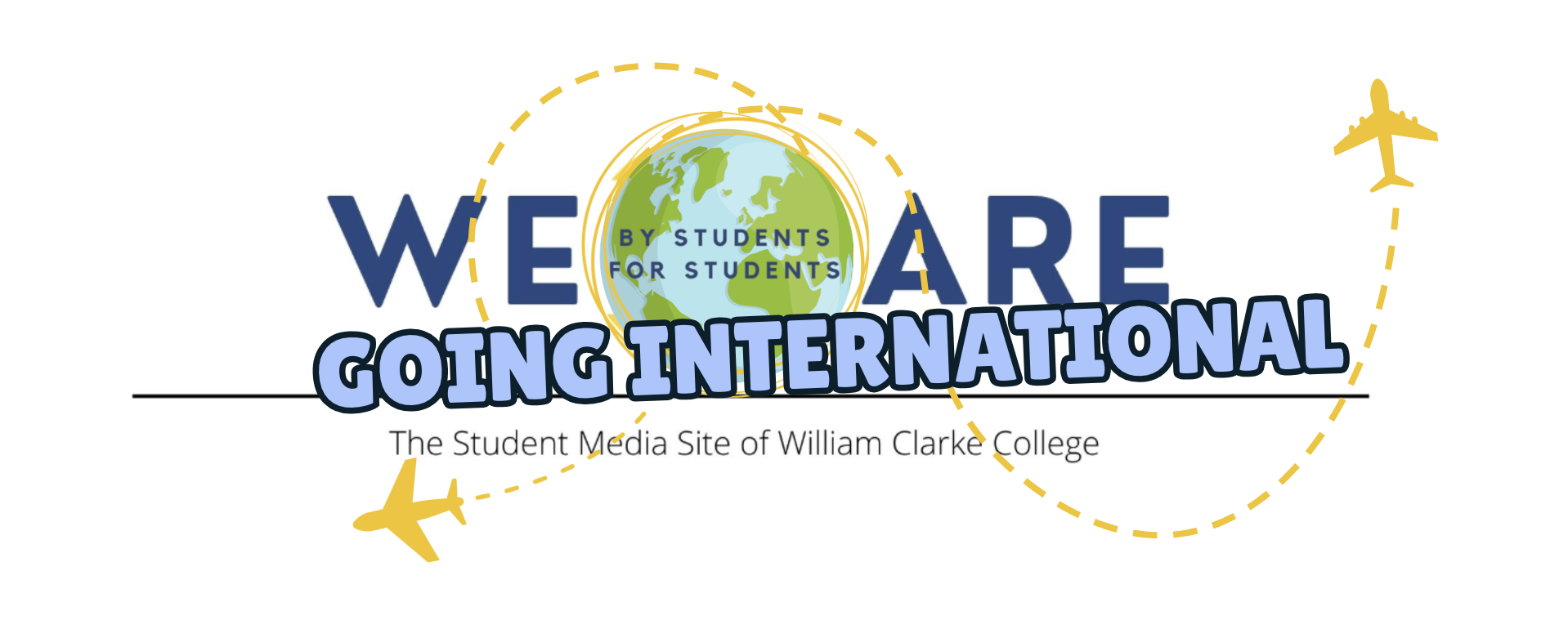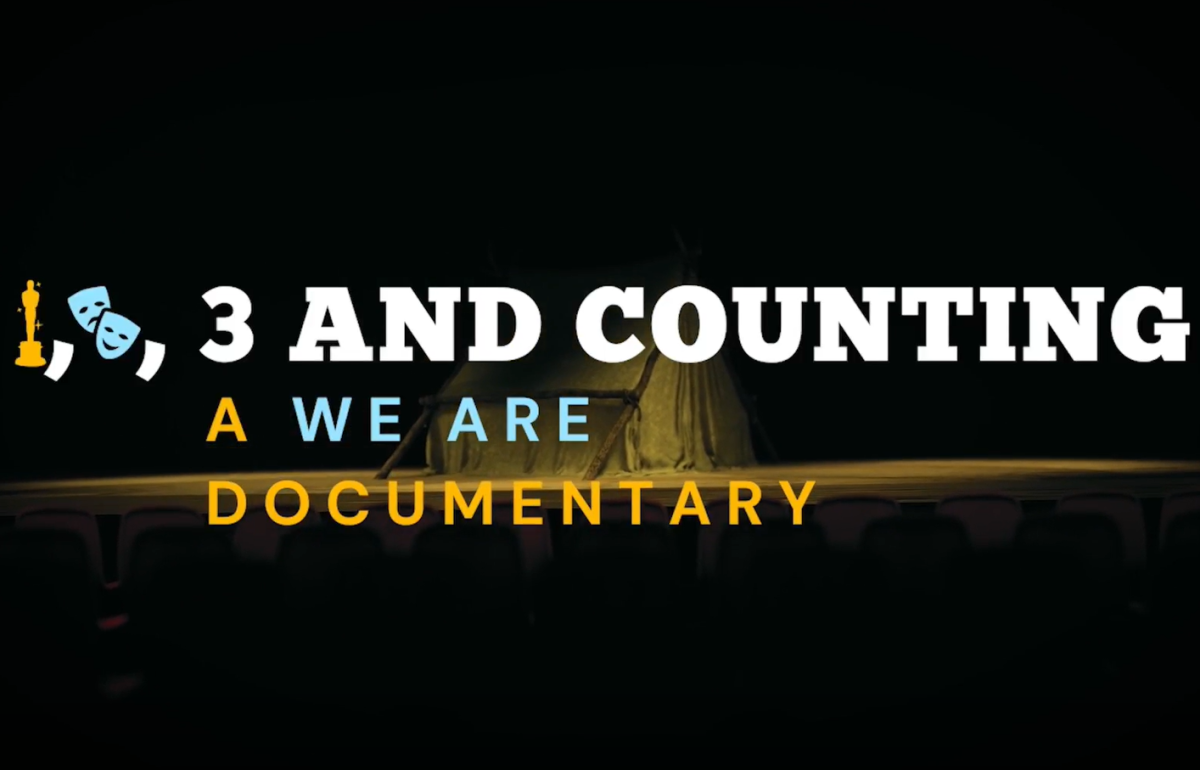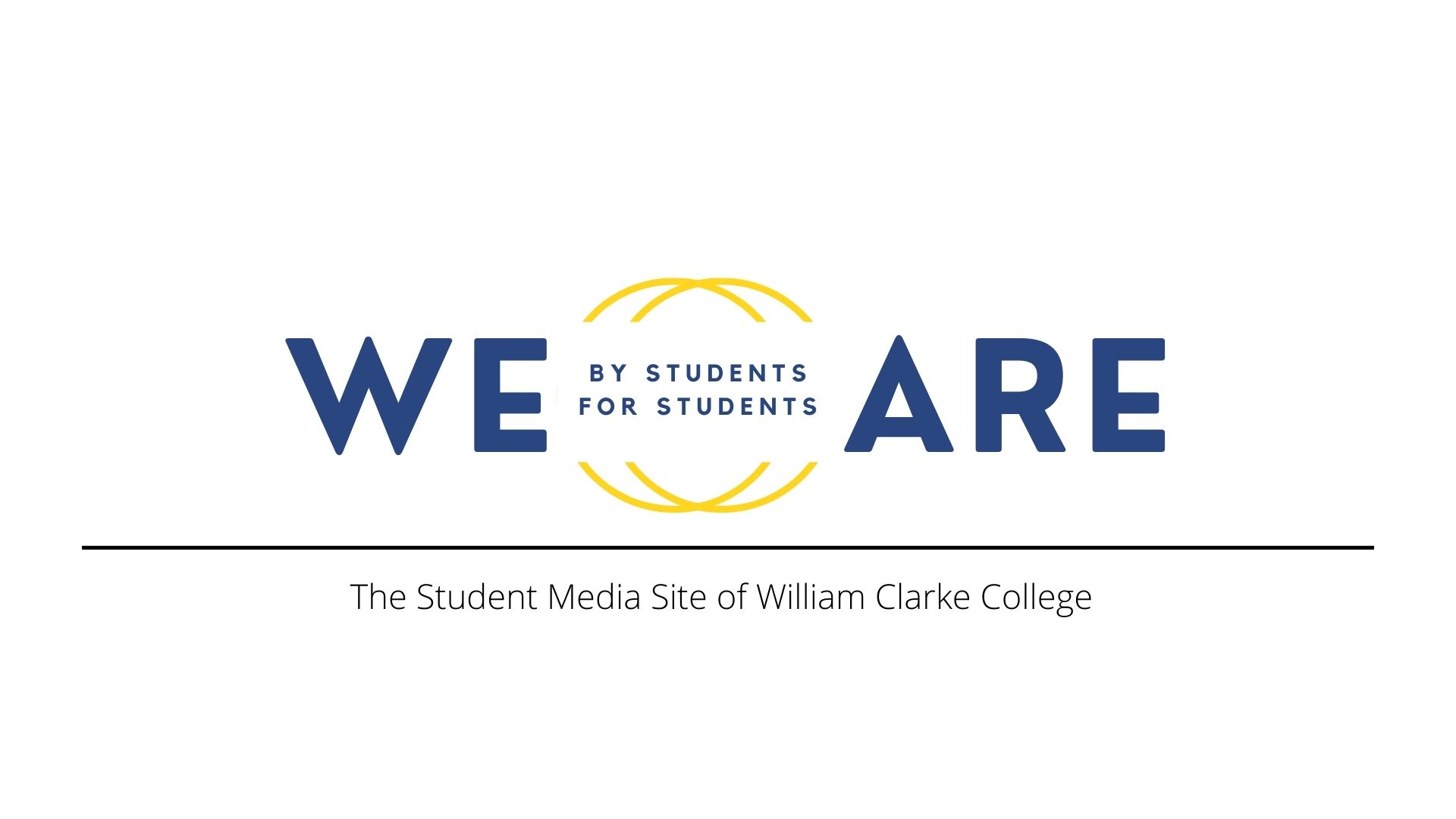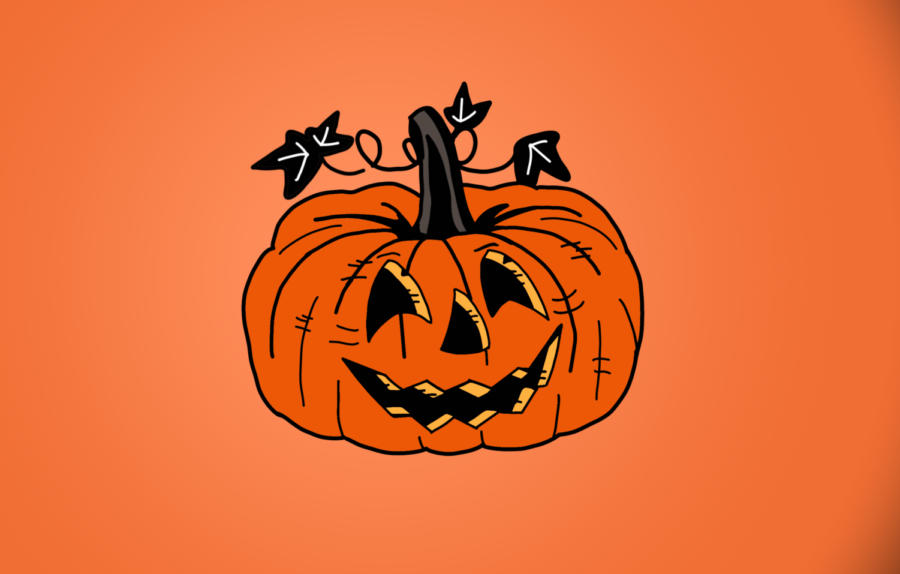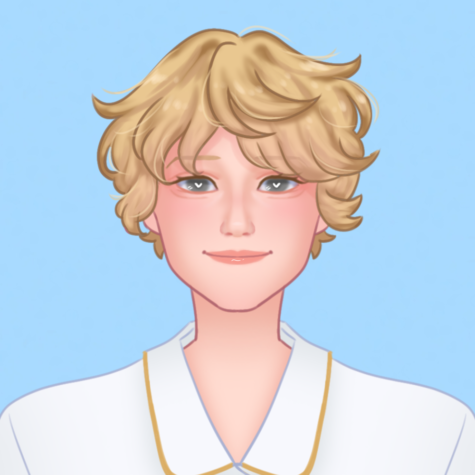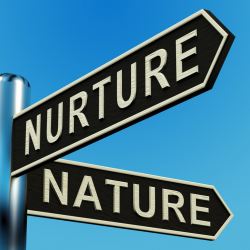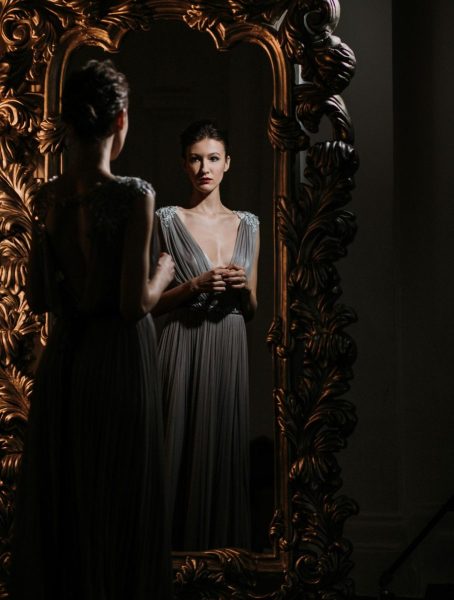The Ghosts of Halloween’s Past
October 26, 2022
A night for tricking and treating and dressing up with friends, Halloween is widely regarded as an intensely American holiday. But the origin of the festival roots from the Celts who lived in ancient Britain and Ireland. It stems from a festival called Samhain and was on the day corresponding to November 1 on modern-day calendars. That date was considered the beginning of the winter period and believed to be the start of the year at the time. It was the date on which the herds returned from pastures and land tenures were renewed.
During the Samhain festival, it was believed that the souls of those who had died returned to visit their homes, and those who had died during the year made the journey to the ‘otherworld’. During the festival, people set bonfires on hilltops to relight their hearth fires for the winter and to frighten away evil spirits. They also often wore masks and other disguises to avoid being recognised by the ghosts making their way to and from the ‘otherworld’. These disguises have evolved over time to become the witches, demons, fairies, and other monstrous creatures we see children dressing up as for this holiday. Over time, the costumes have changed from disguises to fun and scary dress-up for Halloween participants.
In the 1st century CE, the Romans conquered the Celts and added their own festival of Feralia, which commemorated the passing of the dead. Then, in the 7th century CE, Pope Boniface IV established All Saints’ Day on May 13, then moved it to be on November 1 in the following century. This was likely in an effort to supplant the pagan holiday with a Christian observance. The evening before All Saints’ Day was considered a holy, or hallowed, eve. Thus, the name All Hallows Eve, or Halloween, was born.
By the end of the Middle Ages, the sacred and secular days had merged. The religious holiday was essentially put to and among Protestants, but Halloween still continued to be celebrated as a secular holiday in Britain. Despite their modern obsession with the holiday, the celebration of Halloween was largely forbidden among the early American colonists. Although, in the early 1800s, festivals developed that marked the harvest and incorporated elements of Halloween.
At the beginning of the mid-19th century, large numbers of immigrants (including the Irish), came across to the US, taking their Halloween customs with them. By the 20th century, Halloween became one of the principal US holidays, the idea of free sugar becoming particularly popular among children. The handing out of lollies is thought to have derived from the British practice of allowing the poor to beg for food, called “soul cakes”, but this can’t be said with complete certainty.
At the end of the day, regardless of its origins and how it has changed, Halloween has ultimately become a day for children, teenagers, and adults alike to dress up and go against their golden rule of refusing treats from complete strangers.
